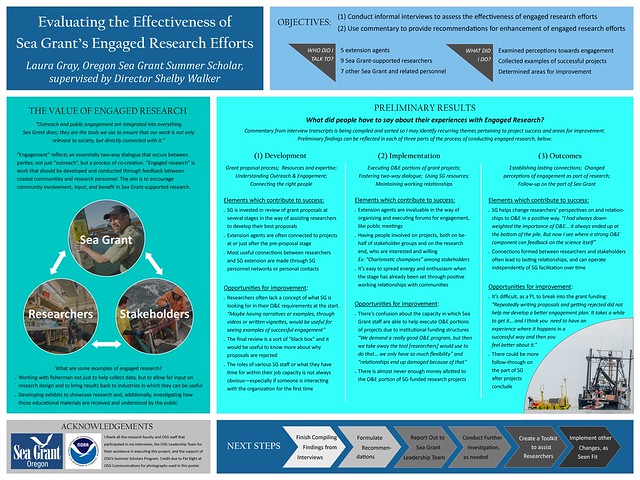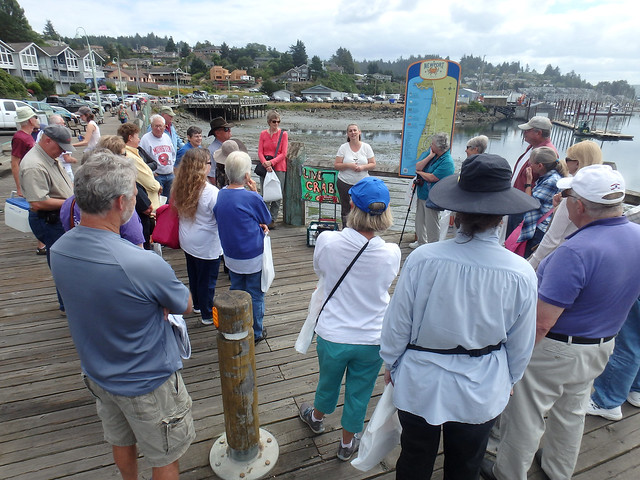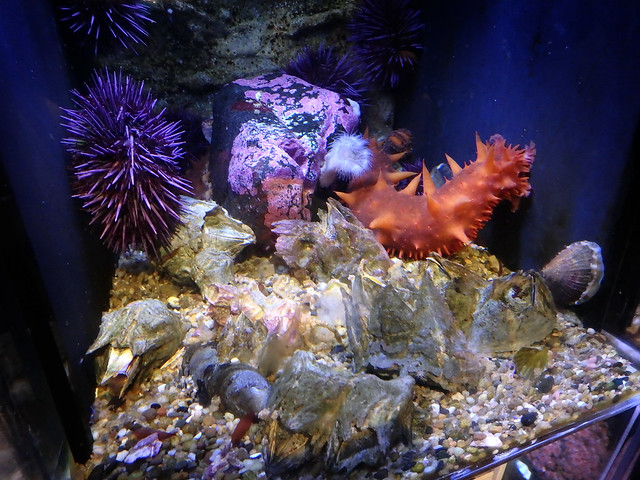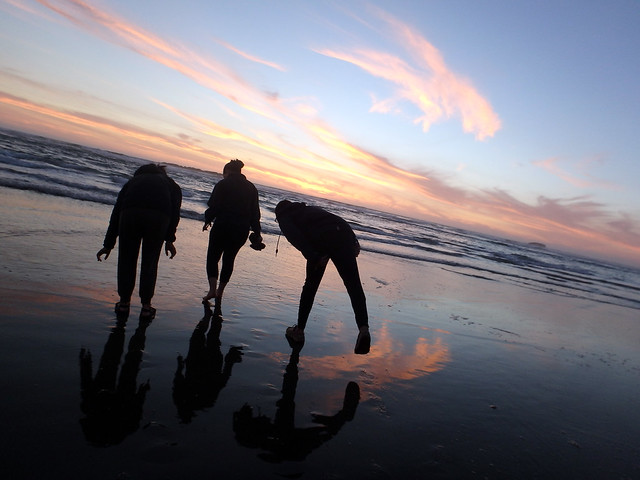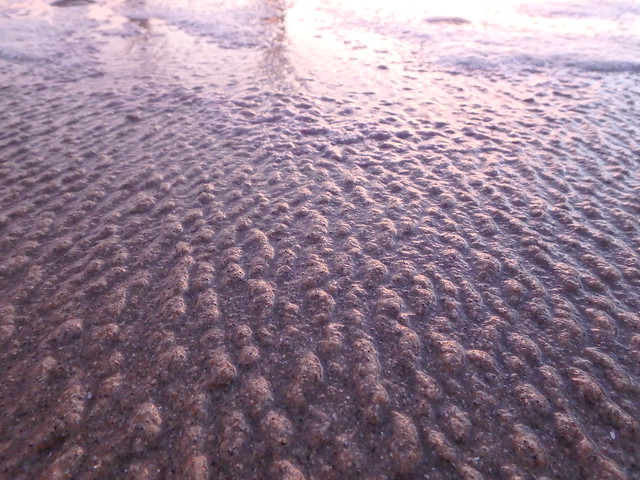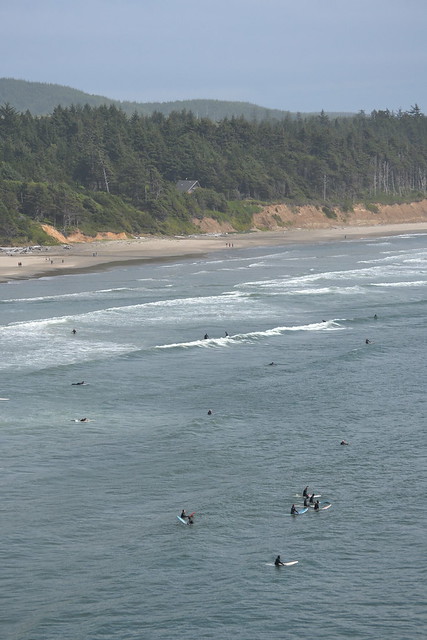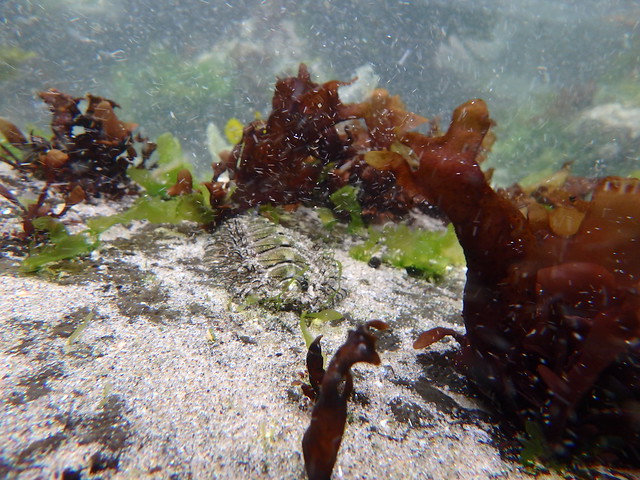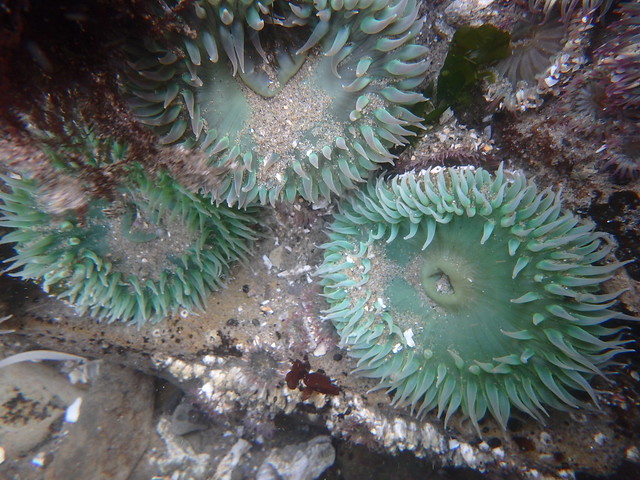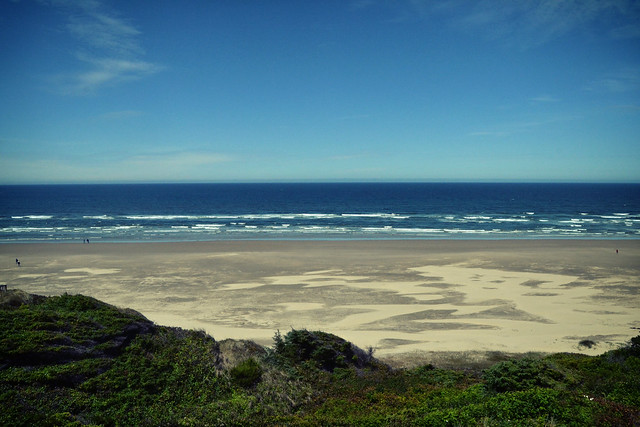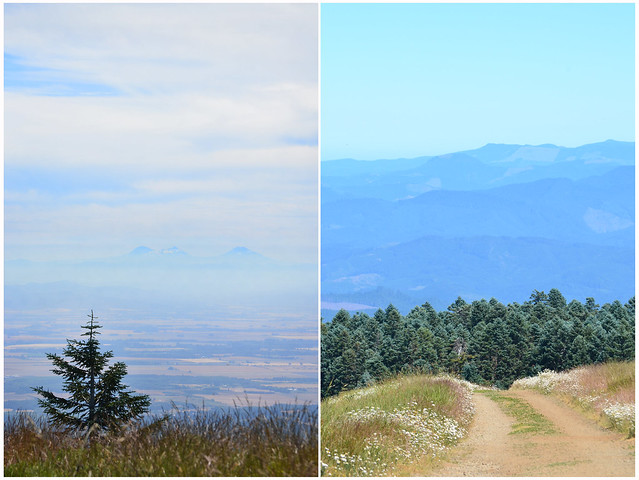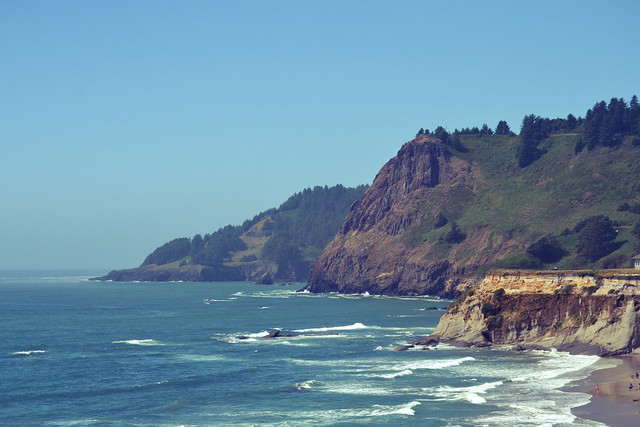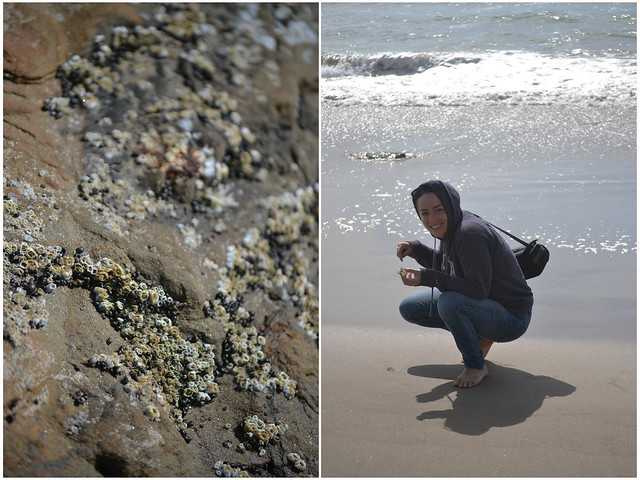One week deep and I already feel more than well-acquainted with all things Oregon Sea Grant! I’ll start by introducing myself to the blog, though. My name is Laura Gray and I graduated from Oberlin College this past January with a BA in Biology and minor in Geology. My academic interests are in estuarine and coastal ecology and conservation, and I have spent time with lots of invertebrates over the past few years (scallops, oysters, an echinoderm collection, clams, freshwater crayfish). After a substantial amount of experience in monitoring and research, however, I’ve been interested in branching out to address more applied aspects of science. I’m keen on learning more about the world of science communication, education, outreach, and engagement as I move forward — so here I am, back on the west coast and working with Oregon Sea Grant!

I am an Summer Scholar and have been hired on to work under OSG Director Shelby Walker to help evaluate the effectiveness of the organization’s engaged research efforts. I’ll be spending the next couple of months sitting down for informational interviews, riding along to outreach and engagement activities, and having conversations with research and extension personnel in an effort to put together recommendations for improvement and a toolkit for better developing these programs. Unlike the other Summer Scholars, I’ll be based in Corvallis (where they even gave me a sweet office!) but will have the opportunity to travel around the state a bit. 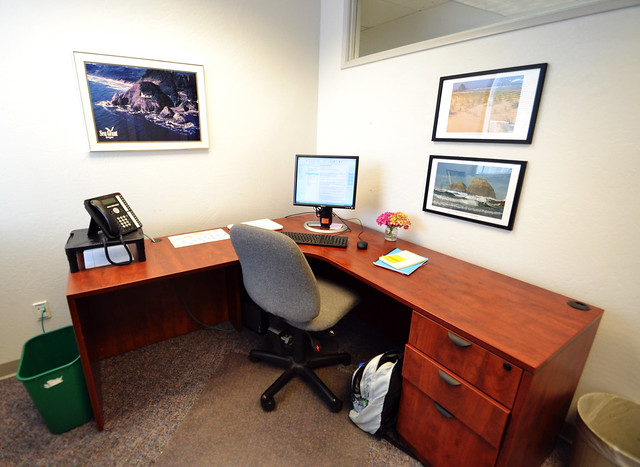
I imagine a big part of this will involve visiting Newport, a beautiful town on the coast just west of Corvallis and home of the Hatfield Marine Science Center. I’ve already had the opportunity to visit twice in the past week, and was excited by a number of things. First of all, it was great to smell the ocean again as we drove in (I’ve been in Ohio for some time, now). This also afforded me my first look at the Oregon Coast, which was incredibly beautiful. And, most importantly, what I’ve seen of the HMSC Visitor Center so far has been fantastic.
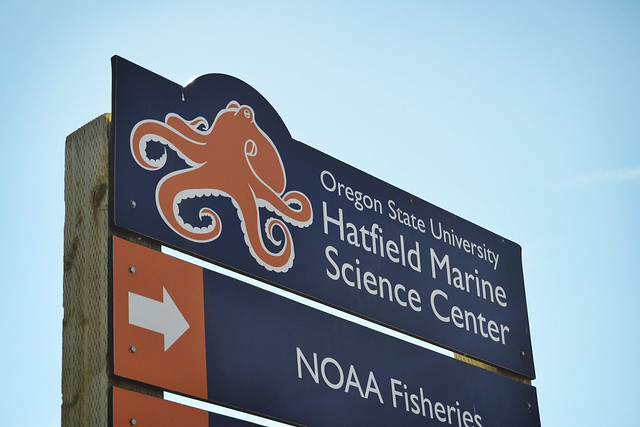
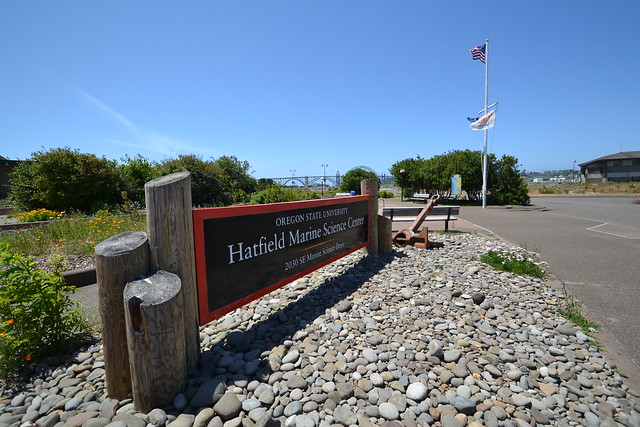
We had a sort of meet-and-greet on Monday, where all of the Summer Scholars based in Newport got to meet their mentors and set up camp, while I got to take a brief tour of the facility and meet the Sea Grant staff who are based at HMSC. Newport seems like a neat place with a lot of recreation and commercial activity tied to coastal resources, and I was impressed by the complex of facilities around HMSC, including the EPA, ODFW, USFW, and NOAA. On Wednesday I got to return to Newport during a ride-along opportunity with personnel from the OSU Office of Extension Services as they planned their “Roads Scholars” bus tour and engagement excursion for the fall. This was a fantastic opportunity for an introduction to more extension personnel and to the types of conversations that this type of work involves. I also got to learn quite a bit about OSU programs throughout the day, including Open Campus, eCampus, and Juntos. In Newport, I got to check out the new Lincoln County Extension Office, and receive an excellent tour of the visitor center with Shawn Rowe during which we heard about the free-choice learning lab in more depth. For the latter half of the day, we drove up the (stunning!) coast to Tillamook and sat down for more Roads Scholars bus tour planning before finishing off the day at the Cheese Factory and Creamery — a sweet end to the day!
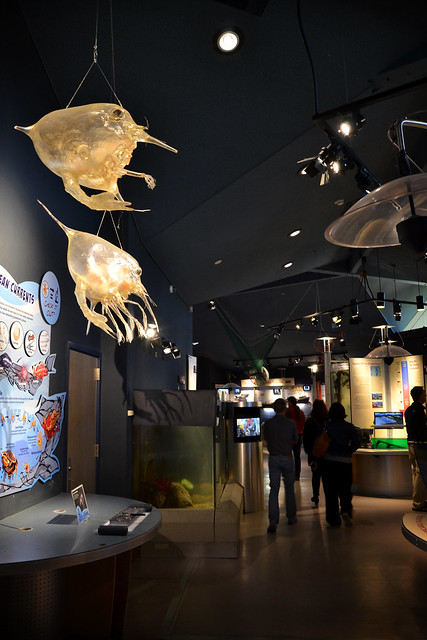
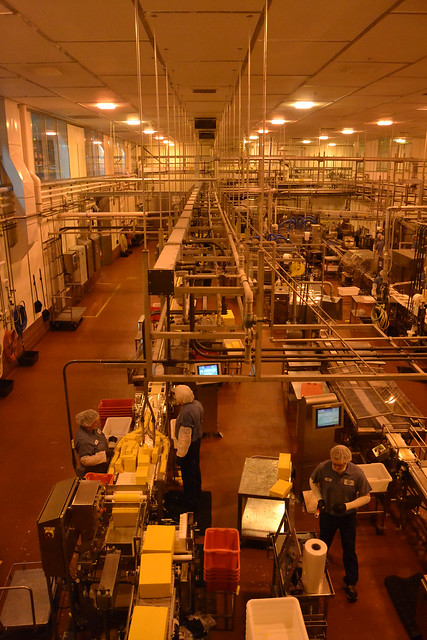
Ultimately, my first week was filled with a LOT of new introductions – to people, to places, and to the functioning of Oregon Sea Grant. I spent most of the week reading background information, scribbling in my notebook, and taking names. I’m really excited about working here this summer, and am especially happy to have a great team of people helping me out: not only Shelby Walker, but also Dave Hansen (OSG Outreach and Engagement Leader) and Sarah Kolesar (OSG Research & Fellowship Program Leader) who have extended their help and their network of contacts to me.
I can’t wait to report on more developments in the next week as I get going! You can also follow my activity on Twitter @LauraD_Gray and through the #OSGscholars feed.
Until next time.
